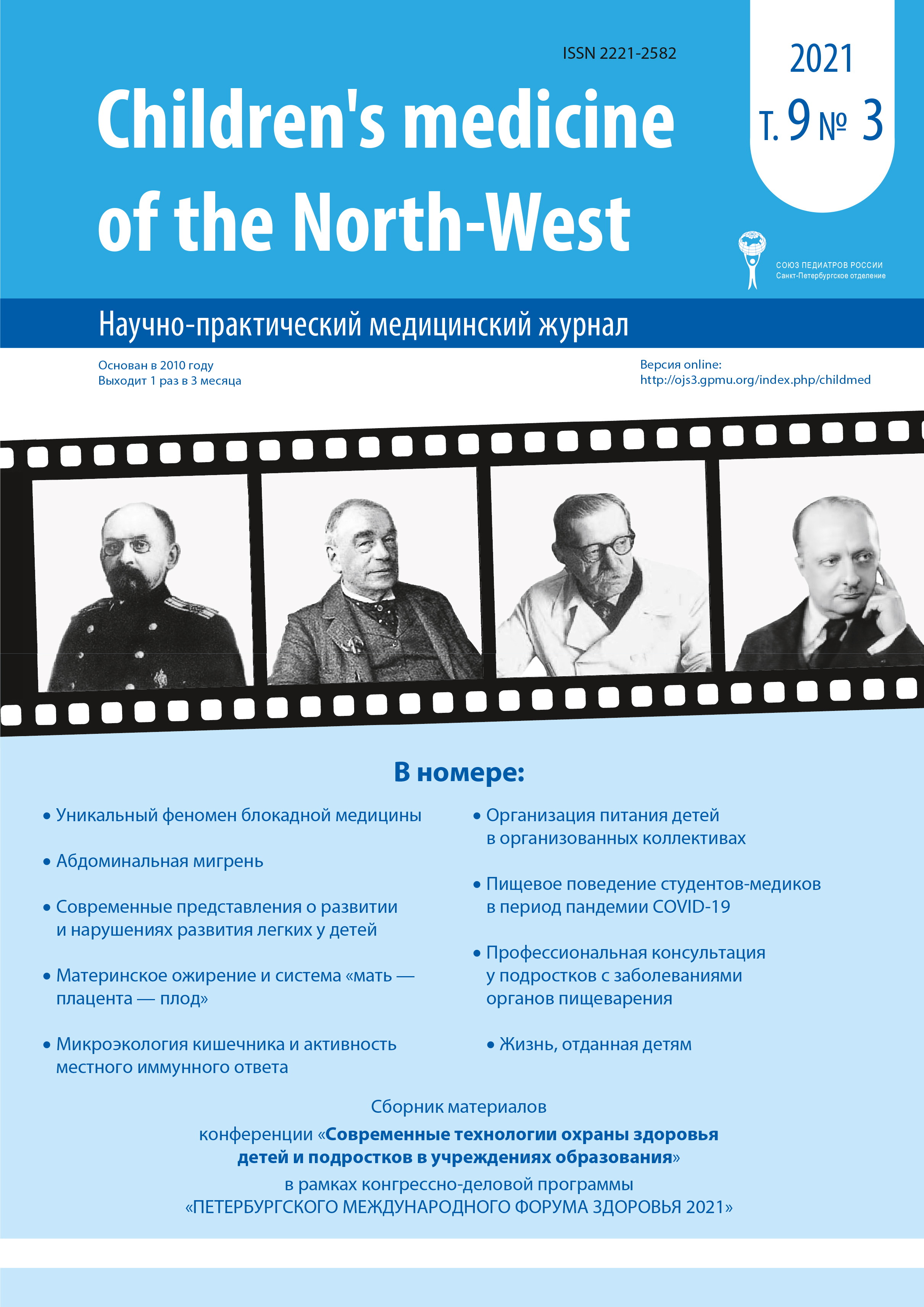ORGANIZATION OF CHILDREN'S FOOD IN ORGANIZED COLLECTIVES OF THE REPUBLIC OF SAKHA (YAKUTIA)
Abstract
Given the complexity of living and living in the harsh extreme conditions of the Arctic and Subarctic, at present, much attention is paid to optimizing nutrition among the general population, especially the organization of meals for children in organized groups, taking into account the regional characteristics of the way of life and lifestyle associated with climatic and geographical features, ethnicity and national traditions. The purpose of the work: a retrospective study of the peculiarities of the organization of nutrition of school age children and adolescents, taking into account the ethnic factor. Research objectives: a comparative study of the features of the organization of nutrition for children aged 7-18 in organized groups. Materials and Methods: The organization of meals by 7-18 year old students in the Republic of Sakha (Yakutia) was studied using a questionnaire method. A survey of 932 parents (legal representatives) of children of 7-10 and 11-18 years old, depending on ethnicity, was carried out. Results: Statistically significant differences were found both within ethnic groups and between age groups in a comparative analysis of the frequency of hot meals by children aged 7-10 and 11-18 years old on school days, and on weekends - only within ethnic groups. The organization of breakfast before leaving for school has statistically significant age differences within ethnic groups. Statistically significant differences were found in the organization of free meals at school among local and newcomer children of both age groups belonging to different ethnic groups. Statistically significant differences were found in the organization of free meals at school among local and newcomer children of both age groups belonging to different ethnic groups. Thus, indigenous people are reliably more likely to receive free meals at school, more often they eat only second courses for lunch at school. In the age group 11-18 years old, only 46,6 % of indigenous people and 61,2 % of newcomers are satisfied with the amount of portions. The duration of the meal break is sufficient for children of these age groups of the local and newcomer population. 80-90 % of children enjoy going to the school cafeteria regardless of ethnicity. The quality of the dishes prepared in the school cafeteria does not always satisfy about 50 % of the indigenous and newcomer population. Conclusions: Some ethnic differences in the organization of children’s meals at school have been established.



